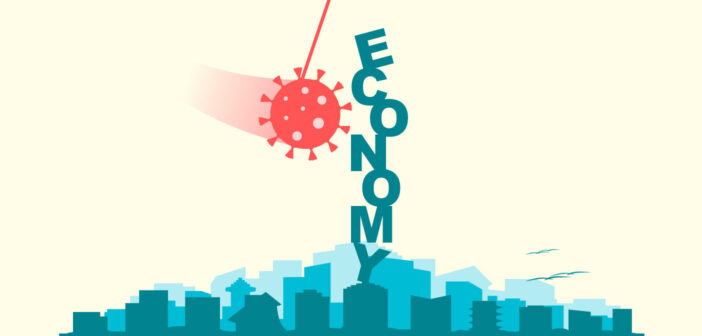We are now over 150 days into “15 days to stop the spread,” which began in mid-March. Consequently, a quick, “v-shaped” economic recovery is not possible. The recovery will be gradual and prolonged, though there are signs of recovery. Monthly job growth has exceeded expectations since May, and the economy contracted by less in the second quarter than people were expecting. The unemployment rate peaked at 14.7%, well lower than the Great Depression level of 25% that many also expected. The economy is recovering, albeit more slowly than we had hoped it would when the shutdowns first began.
I see two risk factors that could derail the economic recovery for the rest of 2020 and into 2021. The first is that new pockets of COVID-19 outbreaks prompt another round of shutdowns. July saw an uptick in virus cases in states such as Arizona, Texas and Florida. There was a concern that this would lead to more shutdowns and a reversal of May and June job gains. This concern did not materialize, as 1.8 million jobs were gained in July, exceeding expectations and decreasing the unemployment rate to 10.2%. Virus cases in these states appear to have peaked in mid-July and are now decreasing. Mitigating virus spikes without another widespread shutdown is crucial to sustaining the economic recovery.
Another shutdown raises the risk of a financial crisis, which thus far has been avoided, though there are warning signs. Currently 8% of home mortgages are delinquent, a rate on-par with the housing crisis during the Great Recession. Over 10% of commercial mortgages are delinquent, including 24% of mortgages for hotels and restaurants. Another shutdown leads to the prospect of widespread defaults, foreclosures and plummeting asset prices as foreclosed properties flood the market with few buyers. State and local tax revenue would collapse. This would end the economic recovery and plunge the economy into a long, deep recession.
The second risk is the amount of debt the federal government is adding to the national debt. The national debt will increase by $4.5 trillion in 2020 as a consequence of falling tax revenue and stimulus spending. This is pushing the national debt above 107% of gross domestic product, a level that is 20 points higher than what was projected prior to the COVID-19 crisis.
It is unknown how high the national debt can get before there are adverse consequences. Economists who adhere to “Modern Monetary Theory” believe that the government can take on unlimited debt and can point to Japan, which has a debt-to-GDP ratio of 240%. Others worry that the national debt is quickly exceeding the government’s ability to repay it, so the bond market may stop loaning the government money or demand higher interest rates to do so. A shutdown without massive federal stimulus spending would look like another Great Depression with breadlines, foreclosures and widespread poverty. Another shutdown needs to be avoided to prevent this from becoming reality.
Menara Grafis / stock.adobe.com








